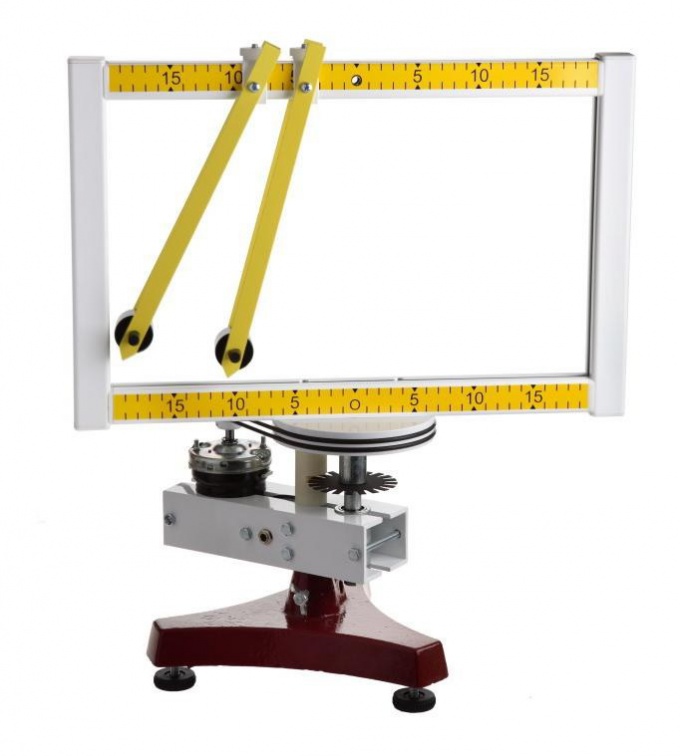You will need
- speedometer;
- - instrument for measuring distances;
- - stopwatch.
Instruction
1
To find the centripetal acceleration, measure the velocity of a body moving along a circular trajectory. You can do this using a speedometer. If you install this device is not possible, calculate the linear speed. To do this, note the time that it took for a full rotation on a circular path.
2
It is the period of rotation. Let's Express it in seconds. Measure the radius of the circle on which the moving body with a ruler, measuring tape or a laser rangefinder in meters. To find the speed find the product of the number 2 to the number π≈3.14, and the radius R of the circle and divide the result by the period T. This will be linear velocity of the body v=2∙π∙R/T.
3
Find the centripetal acceleration AC by dividing the square of the linear velocity v on the radius of the circle on which the moving body is R (AC=v2/R). Using formulas to determine the angular velocity, frequency and period of rotation, find that value in other formulas.
4
If you know the angular velocity ω and the radius of the trajectory (the circle in which the body moves) R the centripetal acceleration will be equal to AC= ω2∙R. When you know the period of rotation of the body T, and the radius of the trajectory R, then AC= 4∙π2∙R/T2. If we know the speed ν (the number of complete rotations per second), determine the centripetal acceleration by the formula AC= 4∙π2∙R∙ν2.
5
Example: the car, the radius of the wheels of which 20 cm is moving down the road at a speed of 72 km/h. Determine the centripetal acceleration of the extreme points of the wheels.
Solution: the linear velocity of points of any wheel is 72 km/h=20 m/s. wheel Radius in meters R=0.2 m. Calculate the centripetal acceleration substituting the resulting numbers into the formula AC=v2/R. Get ATS=202/0,2=2000 m/S2. This centripetal acceleration under uniform rectilinear motion will be at the extreme points of all four wheels of the car.
Solution: the linear velocity of points of any wheel is 72 km/h=20 m/s. wheel Radius in meters R=0.2 m. Calculate the centripetal acceleration substituting the resulting numbers into the formula AC=v2/R. Get ATS=202/0,2=2000 m/S2. This centripetal acceleration under uniform rectilinear motion will be at the extreme points of all four wheels of the car.


